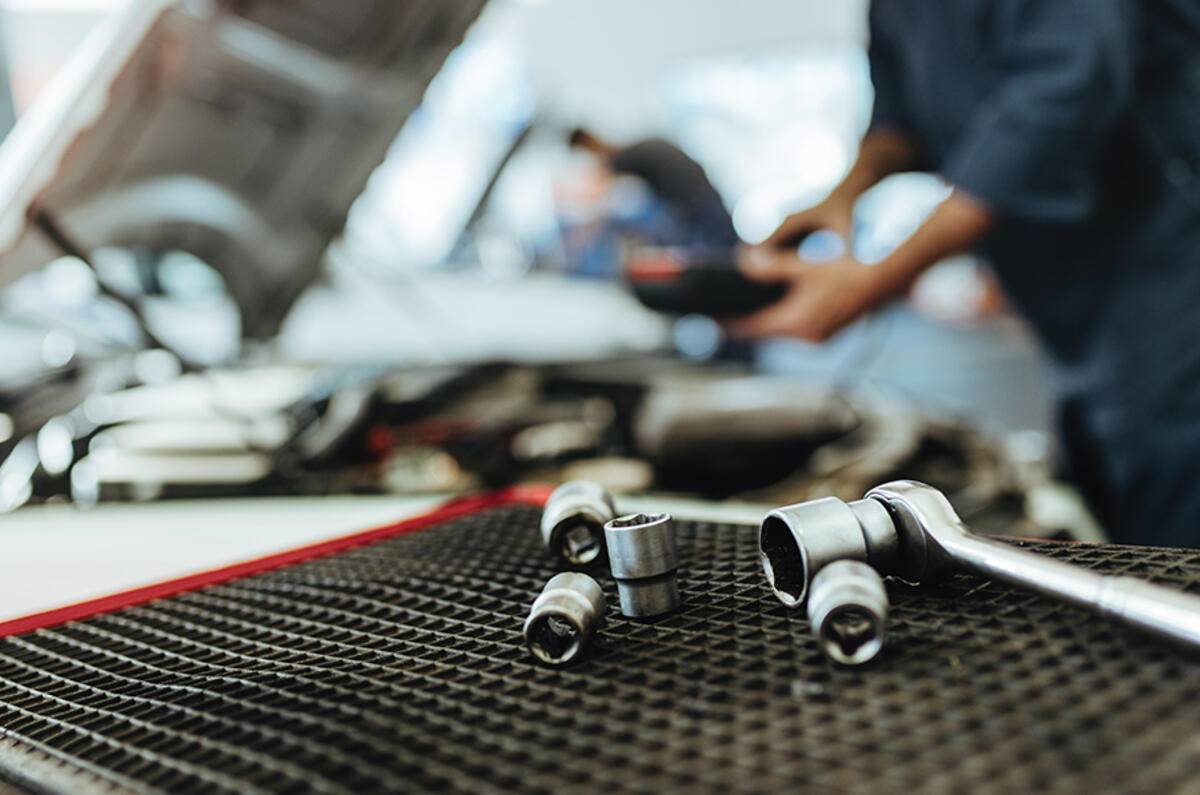New cars come with a manufacturer's warranty that covers most major problems for anything from three to seven years. But what if your car – whether buying a sought-after used car, or keeping a well-loved car – is out of warranty?
An aftermarket extended warranty can offer extra peace of mind once a car's manufacturer warranty has lapsed, covering the potentially expensive cost of any major mechanical problems or mishaps. So, should you consider one if you're looking to extend your cover on your car? We've partnered with ALA Insurance to tell you everything you need to know.
What is an aftermarket extended warranty?
An aftermarket extended warranty is an insurance policy designed to cover the cost of mechanical repairs for your car, should anything go wrong. It's a way of protecting your much-loved investment from mechanical mishaps, rather than accident damage or theft. Like all insurance policies, however, you tend to get what you pay for – and the caveats and exclusions can be extensive.
Aftermarket extended warranties – also sometimes known as mechanical breakdown insurance, or MBI – are offered from a variety of providers and come in three forms.
First are the extended warranties offered by many car manufacturers as an extension of the original manufacturers’ warranty. These can be bought as an add-on when the car is new, or purchased before the original warranty runs out.
Secondly, there's a wide range of extended warranties available from independent providers. Finally, the big car supermarkets and used car dealers frequently offer their own aftermarket warranties, which can range in cover from just a few weeks to 12 months.
What does an aftermarket warranty offer?
Each policy is different, but generally a warranty should protect you against the failure of large components such as the engine, transmission, electrics, steering and suspension – but not consumables subject to normal wear and tear.
Aftermarket warranties usually let you pick the level of cover you want, with the cost depending on the car, its age and your annual mileage. But whichever policy you choose, make sure you understand what is and isn't covered.
What do you need to think about?
Once you know what kind of cover you want, make sure you read and fully understand the policy information. If you don't understand what is and isn't covered, you could be setting yourself up for nasty surprises should something go wrong. It’s also important to find out if labour costs are included and if they are, are they capped at a fixed upper level?
Once you've bought your warranty, make sure you follow the rules. That usually means abiding by the provider's service and maintenance schedule, not modifying the car and – as likely as not – steering clear of track days.
Check the policy contract for any restrictions on where you can have the car serviced. Unlike new car warranties, aftermarket and manufacturer-supplied extended warranties can legally stipulate that the car must be serviced by a franchised dealership, although – in practice – most providers are happy as long as the service centre is registered for VAT.
You'll need to stick pretty closely to your service schedule, too, and beware any dashboard warning lights that come on. Chances are that driving any distance with an illuminated warning light could invalidate your warranty.
There are three key terms to watch out for:
Betterment: if your car needs a new part deemed to be an improvement over the original, some providers will send you a bill because the repair has increased the car's value. For example, if a new engine or gearbox is fitted, you could potentially face a bill in the thousands. So, make sure you understand the warranty's betterment clauses before signing anything.
Consequential failure: if a part that isn't covered by your warranty fails, and that in turn causes a part that is covered to fail, that's a consequential failure. Some providers will make you pay for repairing the parts not covered by the warranty.
Wear and tear: no provider can cover for all consumables, but some policies include a specific wear-and-tear clause, and they can be worth seeking out. Make sure you understand what level of wear-and-tear cover you have before you hand over any money.
How do I buy an extended warranty?
You'll almost certainly be offered an extended warranty when buying a used car from a dealer, but always shop around first. Comparison websites are a good start.
It’s worth checking whether the warranty comes from a provider that is authorised or registered to the Financial Conduct Authority (FCA), or is signed up to The Motor Ombudsman's Vehicle Warranty Products Code. That way you benefit from help from an independent industry body in the event of things going awry.
Standalone providers often offer cheaper policies than those from car manufacturers, but the cover may not be as comprehensive, and they may not cover betterment or consequential failure items. Some aftermarket providers do offer different tiers of cover, however, allowing you to choose what’s included.
What do I do if something goes wrong?
If, in the event of a claim, you have a complaint, your first port of call should be your warranty provider, so write to them stating all the relevant facts. If you're still unhappy, and your provider is signed up to the FCA or The Motor Ombudsman Vehicle Warranty Products Code, you can contact them for advice.
If your warranty isn't backed by the code, your best recourse is the Financial Ombudsman Service, which handles complaints relating to insurance products.
Click here to learn more about the car-related services from ALA Insurance, and get a 5% discount on their Extended Warranty cover with the code ACWTY




Add your comment